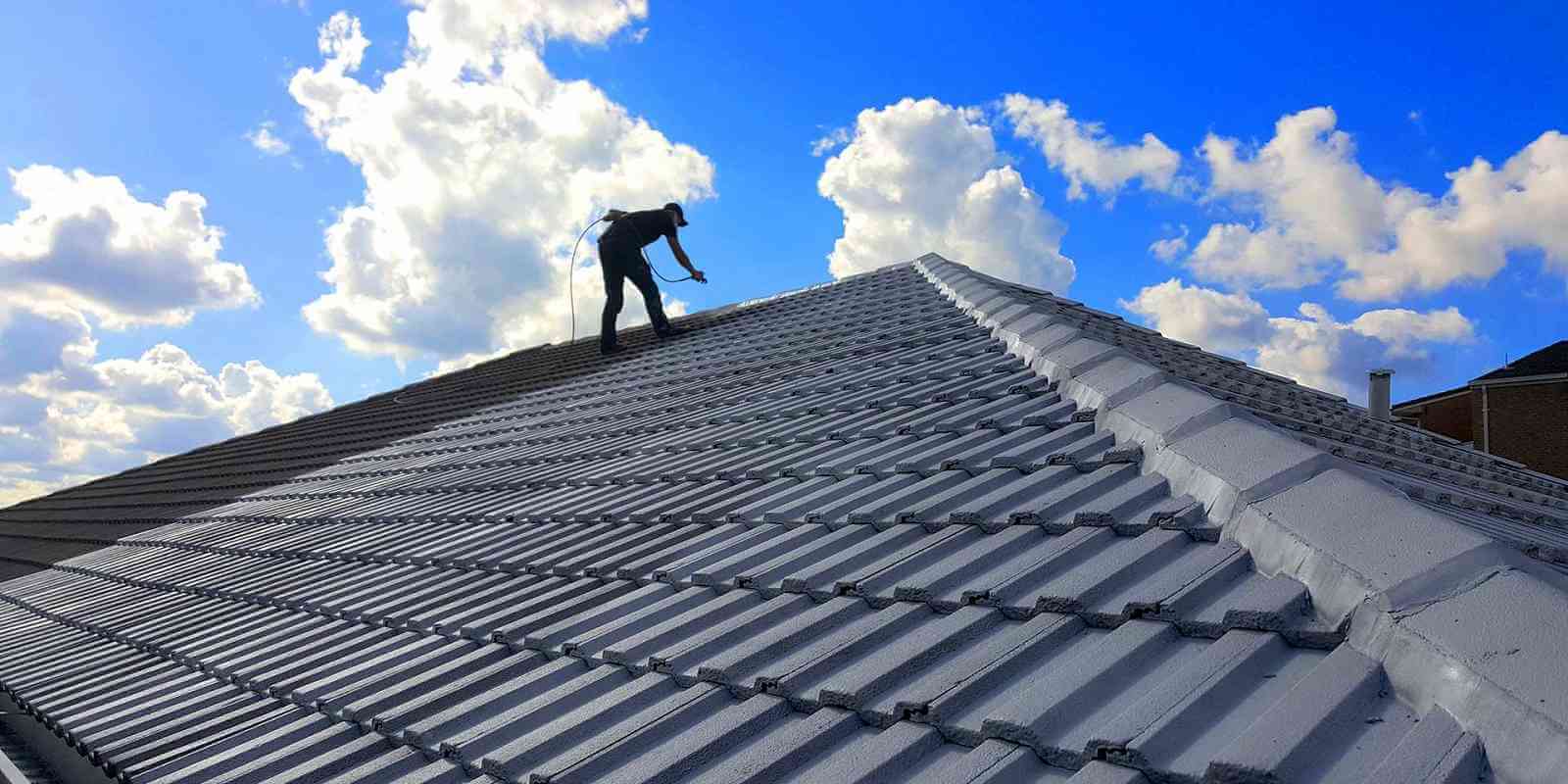Rain, hail, wind, all things that can damage a roof. When building a home or replacing a roof, the choice of roofing materials may be confusing. Understanding what each material offers is key to choosing the right one, and can sometimes lead to energy savings.
Safety is always the top priority on any project, while aesthetics and strength are the main factors for the material. Being said, avoid DIY work and let professionals handle the installation, as roofing work is elevated and can be quite dangerous.
One of the choices available is metallic materials. Made from materials like copper and steel, these are moldable, able to be bent at angles. The metallic shine helps reflect the sun’s rays, aiding in cooling the house. Over time, oxidization will turn a copper’s color into a pale green, which many owners find attractive in their homes. Despite the changes of color, a metal roof is quite long-lasting, and can make it 50 to 100 years.
Asphalt is the choice among many US residents. Made from granules of fiberglass, asphalt, ceramic, and minerals its lightweight makes it convenient and easy to install. While being tough enough to endure weather, the ceramic allows it to reflect UV light to aid in temperature regulation inside the home. When layered, it can appear as though it’s a more expensive material, in addition to being waterproof.
When looking for a natural roof may look towards slate, being made from stone. Its appearance is one many appreciate, and it can be found in many colors making slate a customizable choice. Due to its stone-like nature, slate can prevent fire damage from spreading to the home, and won’t find its way to landfills as fast as other options making it an environmentally friendly choice as well. The main issue with anything stone or tile is the weight of the material and you will need to confirm that your home can handle the weight.
Commercial buildings favor tar-and-gravel which is considered a built-up roofing system. It is done by layering the components on the top of the building. Using just three materials, the few components mean a patch job can fix most leaks, making it easy to maintain on top of being fire-resistant.
Another option to consider is concrete, clay, or slate tiles. Strong enough to withstand weather and fire, it’s also resistant to insect invasion and rot. Unless a heavy impact breaks the tiles, they won’t leak, in addition to insulating the house and lowering overall energy cost. However, just like slate the framing of your home will need to be strong enough to handle the weight.
Energy efficiency people can also look into Galvanized Iron (GI) Sheets. Also called ‘flat roofs’ this material can easily support solar panels, being stronger than asphalt or concrete.
Wooden shakes made from cedar or other hardwoods provide strength with a natural look. Naturally resilient against cracks and leaks, wooden shakes can endure the weather and age to a gray color, that often compliments any house type. Throughout its life, the structure will provide more insulation than other singles can.
Choosing the right roof material is a maze with many options, but knowing certain factors can assist. Comparing long terms goals, like energy efficiency, and aesthetics can help narrow down the choices. While metal can be customized with shapes and angles, wooden shakes provide a more desired natural look to many homeowners. While some options like asphalt are relatively easy to install, it is highly recommended to use professional roofers to avoid unnecessary risk.
